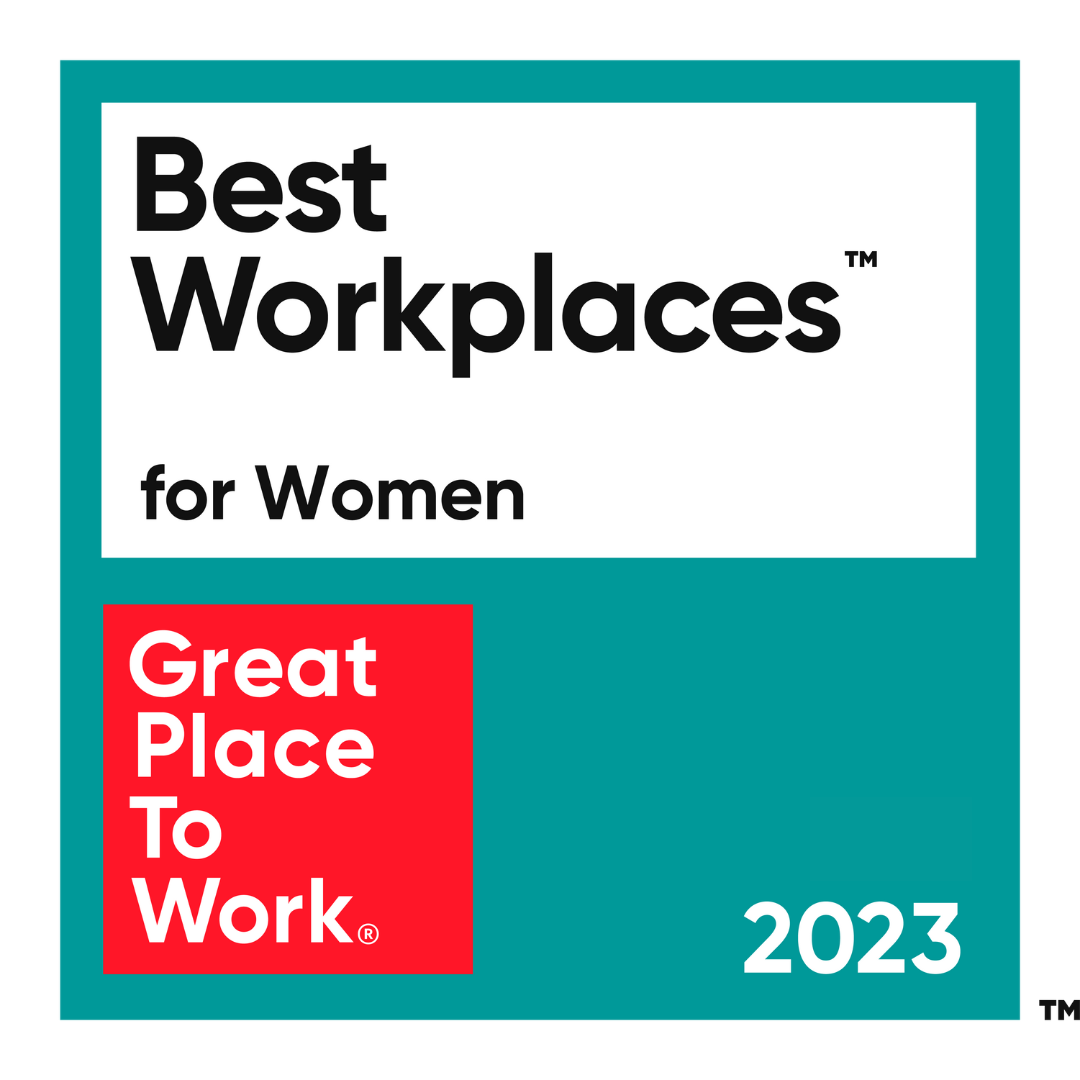Agencies who invest in central business development resource are able to improve consistency across multi-market media agency pitches...
Media agencies claim to be global organizations. That ought to mean they offer a consistent level of skill and expertise in every market.
However, if you sit through dozens of pitch presentations a year as we do, then you’ll soon notice a high degree of variability in approach from agencies in different markets. Some of it is cultural, some of it reflects local business customs, and a significant amount reflects the fact that some markets are simply more advanced than others.
The challenge for media agencies is that in order to win a multi-market pitch, they have to offer a consistency of approach. Multi-market brands are demanding increased consistency of marketing process internally, so naturally they want the same consistency from their agencies around the world.
We frequently observe brands that are not able to marshal that consistency internally, but seek to employ a global media agency network that can as a Band-Aid for their own internal issues.
Successful agencies in pitches on both sides of Atlantic have sought to meet these demands by investing in high-quality dedicated business development resources that allow them to improve both consistency and quality across markets.
The existence of such central pitch management resources is immediately apparent in a pitch, from the moment you sit down for the first meeting. These agencies are well organized, consistent and tend to be bolder with their recommendations.
This central resource can also be useful when it comes to single country pitches where the market is complex and highly variable. Certainly the central teams at big U.S. agencies often benefit from a crack team to keep them up to speed and integrate the U.S. with other parts of the world when required.
This prompts an age-old question: Has the agency put its best available team forward on this pitch? At any one time a large agency network will be participating in three or four large pitches and will often be involved in many smaller ones.
We can usually tell pretty quickly when we’ve got the ‘A’ team or the ‘B’/’C’ team and how much of a priority this pitch is for the agency. Many agencies on both sides of the Atlantic would be better served by being more selective, as new business (if the brief has any kind of significant value) is highly competitive and it’s tough to win big pitches without your best team.
In Europe, historically a very diverse region in terms of media agency quality, some agency networks show a dramatic drop off in consistency when you start to travel outside the most mature six or seven markets. Even if the agencies and people themselves are of good quality locally, they don’t sound or feel like the global or regional centers.
In markets such as Russia, it becomes clear how much work most European agency networks have to do to drive a consistency of culture and product quality into the farthest reaches of the region.
Another major observation this year has been the ever-changing business models of media agencies in all markets. As they expand their services into areas such as digital, content, social and analytics, the danger is that that their pitches can easily start to feel like a menu of services and a generic sales pitch rather than explicitly addressing client businesses challenges related to their media investments.
Sure, media agencies are well positioned to have a perspective beyond just paid media but the reality in pitches is that most agency people outside the most senior executives in the top markets can’t very well articulate this proposition yet. This needs work by all agencies in our opinion.
In both the U.S. and Europe, in 2014 we have observed that too many agencies forget their primary role is to optimize clients’ media investments and they don’t spend enough time talking about basic media planning and buying. It’s more than just a basic hygiene factor; it’s usually the main reason marketers are in the room and wanting to speak to different agencies.
We also think that on both sides of the Atlantic, agency teams are big, often too big. In Europe, at least, everyone tended to have a role, be it to present or at least answer questions. In the US this is not always the case and we did sometimes wonder what role the many (senior) silent observers would play in the real world if they didn’t get to speak in a pitch meeting.
Another key difference we notice between Europe and U.S. has been the strategic territory that media agencies seek to occupy. In Europe we typically find a wide ‘grey' overlap between creative and media. Media agencies will often have insights teams that go into more detail than their creative agency counterparts as well as a lot more tools than creative agencies.
This year there has been a strong focus by agencies in Europe on using social media platforms as a central idea, based on a strong consumer insight. This has resulted in some impressive work, which cleverly leverages paid media impressions to maximize earned media exposure.
The approach in the U.S. is typically more traditional, with media agencies focused more on traditional routes to market, perhaps a reflection of the slightly more conservative, risk averse approach taken by many U.S. clients in media.
This normally starts with deep consideration of the TV laydown and the best ways to maximize eyeballs seeing the creative. However, we are slowly seeing more examples this year of consumer-centric media planning in U.S. media agencies and better integration of media and creative assets.
Overall, the evidence speaks for itself: Those agencies that have invested in central resources to drive planning and process consistency are demonstrating this in pitches and are reassuring to those advertisers looking for a strong network approach.
Planning quality across the major media markets still varies wildly and mid-level agency talent often struggles to balance both strong planning and buying skills for all clients with a more progressive approach for those brands that need it.
In 2015, we look forward to seeing this improve in international media pitches and following the progress that the network media agencies make to develop more consistency in products and quality of management.
This article was originally published in Media Post on the 28th of Jan-2015. For more on running a Media Agency Pitch, click here.






COMMENTS